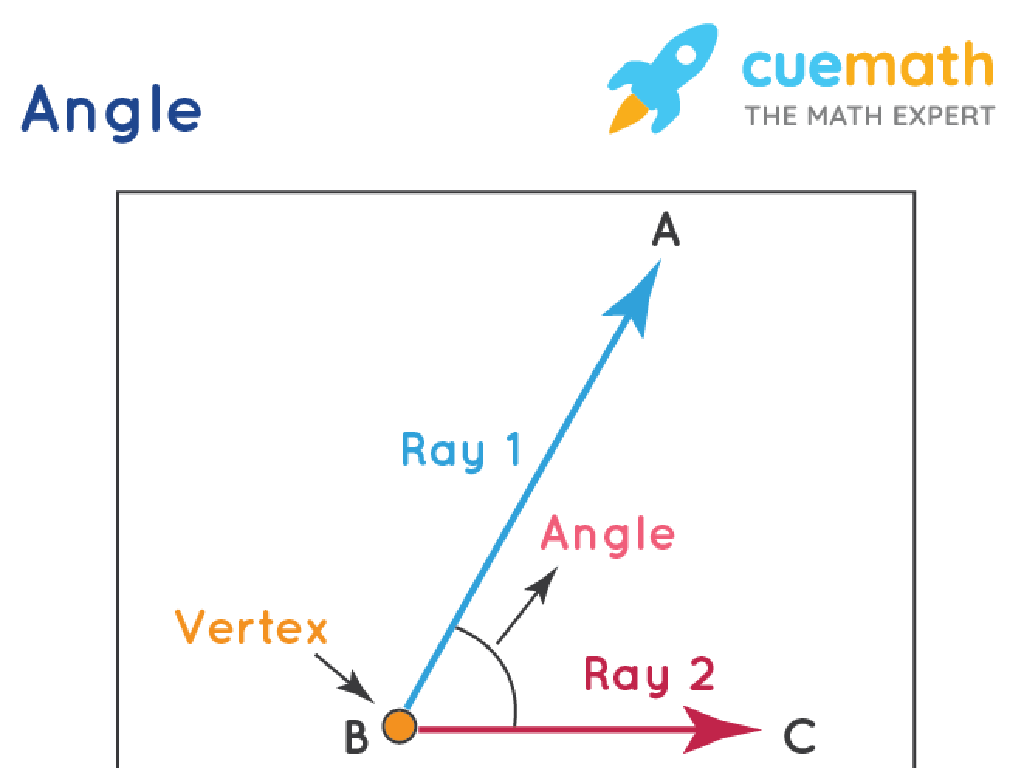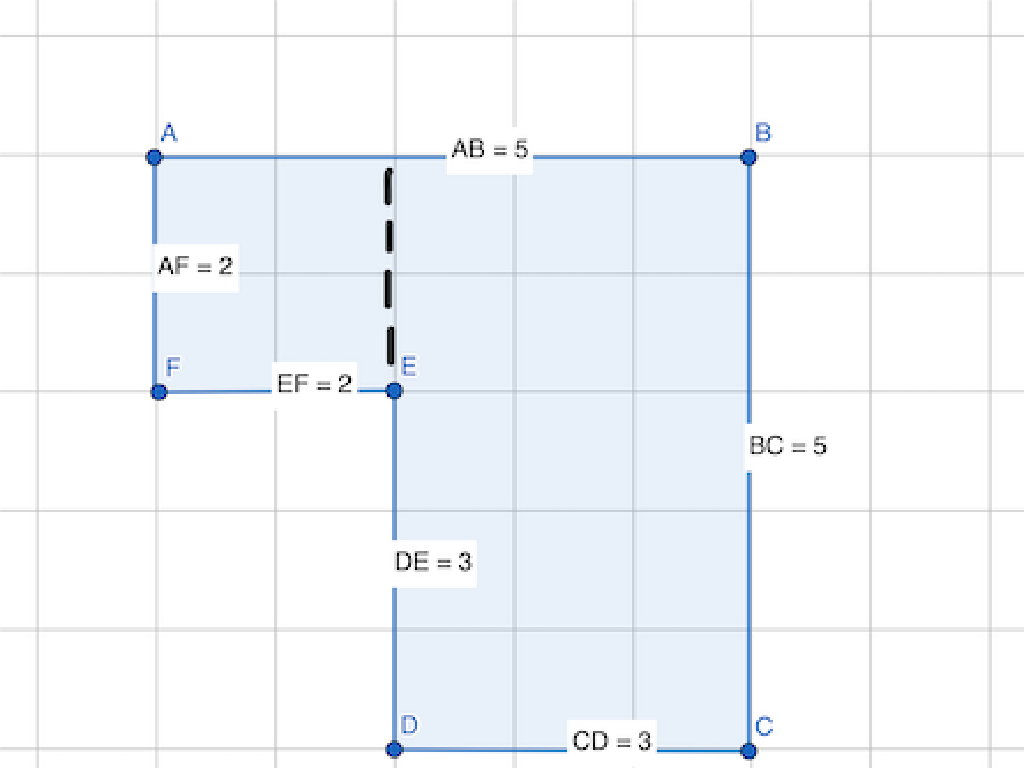Chemical Reactions
Subject: Science
Grade: High school
Topic: Chemistry
Please LOG IN to download the presentation. Access is available to registered users only.
View More Content
Introduction to Chemical Reactions
– Basics of chemical reactions
– A process where substances change into new ones with different properties.
– Everyday reaction examples
– Rusting of iron, baking a cake, photosynthesis in plants.
– Reactions’ role in daily life
– From digestion to technology, reactions are everywhere.
– Understanding reaction importance
|
This slide introduces the concept of chemical reactions, which are fundamental processes in chemistry where reactants transform into products with different properties. Use everyday examples like rusting, cooking, and photosynthesis to make the concept relatable. Highlight the omnipresence of chemical reactions in daily life, from the food we digest to the technologies we use. Emphasize the importance of understanding chemical reactions for advancements in various fields such as medicine, environmental science, and engineering. Encourage students to think of more examples and consider the implications of reactions in both natural and industrial contexts.
Understanding Chemical Reactions
– Defining a chemical reaction
– A process where substances (reactants) convert to new substances (products).
– Reactants vs. Products
– Reactants are substances that start a reaction, products are formed as a result.
– Chemical equation symbols
– Symbols like (s), (l), (g), and (aq) represent physical states of substances.
– Visualizing chemical equations
– Diagrams and models help illustrate the changes during a reaction.
|
This slide introduces the fundamental concept of chemical reactions. Begin with the definition, emphasizing the transformation of reactants into products. Clarify the difference between reactants and products, ensuring students can identify each in a chemical equation. Discuss the symbols used to denote the physical states of substances in a chemical equation: (s) for solid, (l) for liquid, (g) for gas, and (aq) for aqueous solutions. Use visual aids like diagrams or models to represent a chemical equation, which can help students better understand the concept of a chemical reaction. Encourage students to practice by writing and balancing simple chemical equations.
Types of Chemical Reactions
– Synthesis reactions overview
Two or more substances combine to form a new compound, e.g., A + B AB.
– Decomposition reactions explained
A compound breaks down into two or more simpler substances, e.g., AB A + B.
– Single replacement reactions
One element replaces another in a compound, e.g., A + BC AC + B.
– Double replacement reactions
The ions of two compounds exchange places in an aqueous solution to form two new compounds, e.g., AB + CD AD + CB.
– Combustion reactions
A substance combines with oxygen, releasing a large amount of energy in the form of light and heat, e.g., CH4 + 2O2 CO2 + 2H2O.
|
This slide introduces students to the five main types of chemical reactions. Synthesis reactions involve combining elements or simpler compounds to form a more complex compound. Decomposition reactions are the opposite, where complex molecules break down into simpler ones. Single replacement reactions involve elements swapping places within compounds, while double replacement reactions involve a pair of compounds exchanging components. Lastly, combustion reactions occur when a substance reacts with oxygen to produce energy. Examples are provided for each to help students visualize the processes. Encourage students to identify these reactions in real-life scenarios and practice writing and balancing chemical equations for each type.
Energy Changes in Chemical Reactions
– Exothermic vs. Endothermic
– Exothermic: releases heat, e.g., combustion. Endothermic: absorbs heat, e.g., photosynthesis.
– Activation Energy
– Minimum energy needed to start a reaction.
– Factors Affecting Reaction Rates
– Temperature, concentration, surface area, and catalysts influence rates.
– Real-life Energy Examples
– Hand warmers (exothermic) and ice packs (endothermic).
|
This slide introduces students to the concept of energy changes during chemical reactions, focusing on the distinction between exothermic and endothermic reactions. Exothermic reactions release energy, often in the form of heat, while endothermic reactions absorb energy. Activation energy is the threshold energy that must be overcome for a reaction to occur, and it plays a crucial role in determining reaction rates. Various factors, including temperature, concentration of reactants, surface area of solid reactants, and the presence of catalysts, can affect how quickly reactions proceed. Provide real-life examples to help students connect these concepts with everyday experiences, such as the use of hand warmers and ice packs, which involve exothermic and endothermic processes, respectively. Encourage students to think of other examples and to consider the practical applications of controlling reaction rates in industry and research.
Balancing Chemical Equations
– Understand Conservation of Mass
– Matter is neither created nor destroyed
– Learn steps to balance equations
– List steps: Identify reactants/products, count atoms, add coefficients
– Practice with an example
– Balance H2 + O2 -> H2O
– Importance of balanced equations
– Ensures reaction adheres to physical laws
|
This slide introduces the concept of balancing chemical equations, starting with the Law of Conservation of Mass, which states that matter cannot be created or destroyed in a chemical reaction. This law underpins the need for balanced equations. Provide a clear, step-by-step guide on how to balance chemical equations, emphasizing the importance of counting atoms of each element and using coefficients to balance them. Use the simple example of combining hydrogen and oxygen to form water (H2 + O2 -> H2O) to illustrate the process. Highlight why balanced equations are crucial in chemistry: they ensure that the reaction is physically possible and that the correct proportions of reactants and products are used. Encourage students to practice balancing equations with various difficulty levels to gain proficiency.
Factors Affecting Chemical Reactions
– Temperature’s impact on rate
– Higher temperatures usually increase reaction rates.
– Concentration’s role in reactions
– Greater concentration can lead to more frequent collisions.
– Catalysts and their function
– Catalysts speed up reactions without being consumed.
– Inhibitors’ effect on reactions
– Inhibitors slow down or prevent chemical reactions.
|
This slide aims to educate high school students on the various factors that can influence the rate and outcome of chemical reactions. Temperature can affect the kinetic energy of particles, thus influencing the rate at which they react. Concentration affects the likelihood of reactant particles colliding and forming products. Catalysts are substances that increase the rate of a reaction by lowering the activation energy needed without being consumed in the process. In contrast, inhibitors decrease the rate of a reaction or prevent it from occurring. Provide examples such as enzymes acting as biological catalysts and preservatives as inhibitors. Encourage students to think of real-world scenarios where these factors play a role, such as food spoilage or industrial chemical processes.
Class Activity: Observing a Chemical Reaction
– Instructions for vinegar and baking soda
– Fill out the observation sheet
– Note color change, temperature, gas release
– Discuss and share findings
– Compare observations with classmates
– Understand reaction concepts
– Relate to chemical reaction theories
|
This slide introduces a hands-on class activity where students will observe the chemical reaction between vinegar and baking soda. Provide clear instructions for the experiment, ensuring safety measures are followed. Students should use the observation sheet to record any changes they notice, such as color change, temperature change, or gas production. After the activity, facilitate a class discussion where students can share and compare their observations, fostering a collaborative learning environment. This activity will help students to connect practical experience with theoretical concepts of chemical reactions, such as reactants, products, and indicators of chemical changes.






